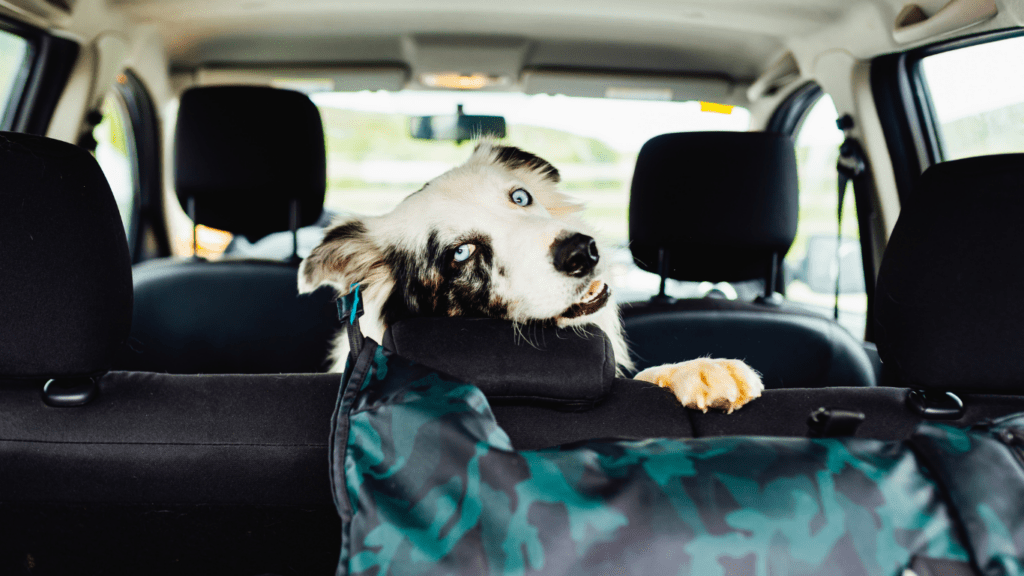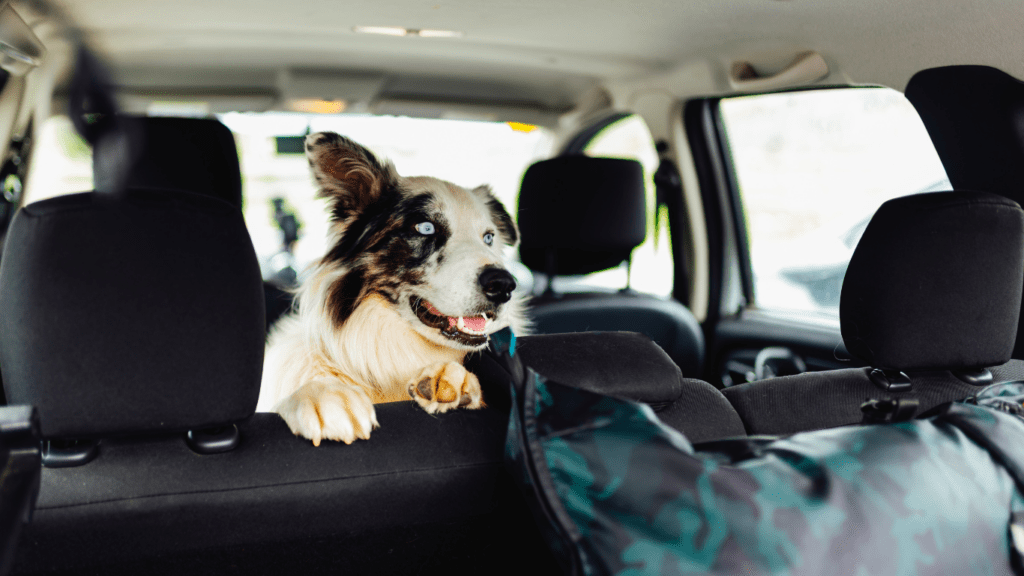Traveling with pets can be a rewarding experience, but navigating the ever-changing regulations can be a daunting task for pet owners. From updated vaccination requirements to specific documentation, staying informed is crucial for a smooth journey with your furry companion.
As a pet owner myself, I understand the importance of being up-to-date with the latest regulations to ensure a stress-free travel experience for both you and your pet.
In this article, I’ll delve into the new global regulations that every pet owner should be aware of before embarking on their next adventure. Whether you’re planning a cross-country road trip or an international flight, knowing the ins and outs of pet travel rules can make all the difference.
Let’s explore the essential information that will help you prepare for a safe and enjoyable journey with your beloved pet by your side.
Guidelines for Global Travel with Pets
Navigating global travel regulations with pets can be daunting, but staying informed is crucial for a smooth journey. Here are some essential guidelines to ensure a hassle-free travel experience with your furry companions:
- Research Entry Requirements: Before booking your travel, research the entry requirements of your destination country. Ensure that you have all the necessary documentation, including pet passports, health certificates, and proof of vaccinations.
- Microchip Identification: Most countries require pets to be microchipped for identification purposes. Ensure your pet’s microchip is up-to-date and complies with international standards.
- Vaccination Compliance: Make sure your pet is up to date with all required vaccinations, including rabies. Some countries have specific vaccination requirements, so check and comply with them before travel.
- Quarantine Regulations: Certain destinations may have quarantine regulations for incoming pets. Familiarize yourself with these rules to avoid any surprises upon arrival.
- Pet-Friendly Accommodations: When planning your trip, ensure you book pet-friendly accommodations. Verify their pet policies and any restrictions they may have.
- Travel Crate Preparation: Invest in a well-ventilated and comfortable travel crate for your pet. Ensure it meets airline regulations if you’re traveling by air.
- Health Check-Up: Before travel, schedule a visit to the veterinarian for a health check-up. This ensures your pet is fit to travel and can help address any potential health concerns beforehand.
- Stress Management: Travel can be stressful for pets. Consider acclimating your pet to travel conditions gradually and provide familiar items, such as toys and blankets, to reduce anxiety.
- Emergency Contact Information: Keep a list of emergency contact numbers, including your veterinarian’s contact details and local veterinary services at your destination.
Understanding International Regulations
When it comes to traveling internationally with your pet, understanding the regulations is crucial for a smooth journey. Here are some key aspects to consider:
Entry Requirements for Pets
Researching the entry requirements for pets is vital before embarking on an international trip. Different countries have varying rules regarding vaccinations, health certificates, and microchipping.
It’s essential to ensure that your pet meets all of these requirements to avoid any issues upon arrival.
Quarantine Rules in Different Countries
Quarantine rules differ from country to country, with some nations requiring pets to undergo a period of quarantine upon arrival. Understanding these rules and regulations beforehand can help you plan your trip effectively and prevent any surprises during your travels.
Be sure to check the specific quarantine guidelines of the country you plan to visit to ensure a hassle-free experience for both you and your pet.
Important Documents for Traveling with Pets
When traveling internationally with pets, it’s essential to have the necessary documents to comply with regulations. Here’s a list of the important documents every pet owner should have when embarking on a global journey:
- Pet Passport: I recommend obtaining a pet passport that includes your pet’s identification, microchip number, and vaccination records. This document is crucial for entry into many countries and ensures that your pet meets the required health standards.
- Vaccination Records: Keep up-to-date records of your pet’s vaccinations, including rabies shots. Some countries may require specific vaccines, so it’s essential to have this information handy.
- Health Certificate: Before traveling, visit your veterinarian to obtain a health certificate confirming that your pet is in good health and fit for travel. This certificate is usually required by airlines and border control authorities.
- Import Permits: Research if the destination country requires an import permit for pets. Make sure to obtain this document well in advance to prevent any delays or issues upon arrival.
- Microchip Certificate: Ensure your pet’s microchip is registered and have a certificate as proof. Some countries mandate microchipping for identification purposes.
- Insurance Documents: Consider pet travel insurance to cover any unexpected medical expenses or emergencies during your trip. Keep a copy of the insurance documents with you.
Having these essential documents in order before your journey will help smooth your travel experience and ensure compliance with international regulations. Make sure to double-check the specific requirements of your destination country to avoid any last-minute complications.
Ensuring Pet Safety During Travel
When traveling with pets, ensuring their safety is my top priority. It’s essential to take proactive measures to guarantee a comfortable and secure journey for my furry companion. Here are some key steps I always follow to ensure my pet’s safety during travel:
- Securing Proper Restraints: I always make sure to properly restrain my pet during travel to prevent any accidents or injuries. Whether using a sturdy pet carrier, a harness, or a seat belt attachment, securing my pet in the vehicle is crucial for their safety.
- Monitoring Temperature: Pets are sensitive to temperature changes, so I always ensure that the environment they are in is safe and comfortable. I avoid leaving them in hot cars and make sure they have adequate ventilation and access to water during travel.
- Frequent Breaks: Just like humans, pets need breaks during long journeys. I make it a point to take regular breaks to allow my pet to stretch, exercise, and relieve themselves. This helps reduce their stress levels and ensures a more pleasant travel experience.
- Proper Identification: In case my pet gets lost during travel, proper identification is key to reuniting us. I ensure my pet wears a collar with updated contact information and is microchipped for added security. This gives me peace of mind knowing that my pet can be easily identified and returned to me if lost.
- Carry Emergency Supplies: I always pack a travel kit for my pet that includes essentials such as food, water, medications, a first aid kit, and any comfort items they may need. Being prepared for unforeseen circumstances ensures my pet’s well-being throughout the journey.
- Choose Pet-Friendly Accommodations: When planning my trip, I always look for pet-friendly accommodations to ensure my pet is welcome and comfortable during our stay. Whether it’s a hotel, rental property, or campground, choosing pet-friendly options enhances the overall travel experience for both me and my furry friend.
By following these safety measures, I can confidently travel with my pet knowing that I have taken the necessary precautions to ensure their well-being and comfort throughout the journey.


 Elena Palen is an integral part of the team behind Animal Potty Care, contributing her knowledge in pet travel care and innovative solutions for on-the-go potty training. Elena’s attention to detail ensures that pet owners have access to reliable, practical tips for keeping their pets comfortable during trips. Her contributions to the platform help make travel with pets a seamless experience, providing users with creative solutions and advice to maintain their pets’ routines while on the move.
Elena Palen is an integral part of the team behind Animal Potty Care, contributing her knowledge in pet travel care and innovative solutions for on-the-go potty training. Elena’s attention to detail ensures that pet owners have access to reliable, practical tips for keeping their pets comfortable during trips. Her contributions to the platform help make travel with pets a seamless experience, providing users with creative solutions and advice to maintain their pets’ routines while on the move.